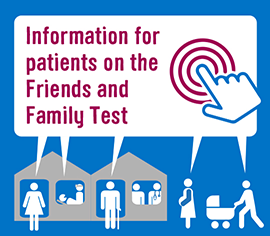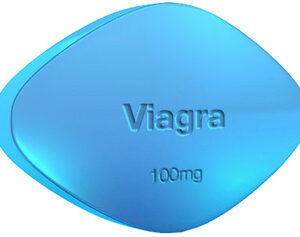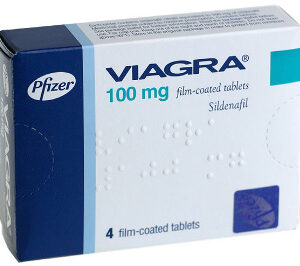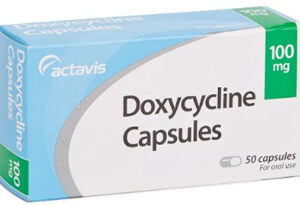
| Opening Times | Appointments | Prescriptions | Contact Us |
| Repeat Prescriptions Manage your Repeat Prescriptions |
| Cancel Appointments Cancel any existing appointments |
| Appointments Manage and book appointments |
| Change Contact Details Change your Contact Details |
| Your Clinical Record Update your Clinical Record |
| Newsletter Sign Up Sign up for our Newsletter |
| Summary Care Record Access your Summary Care Record |
Have Your Say
Survey Information
Patient Group
Survey Report
Friend & Family Test
Get Involved
Reports & Surveys
Welcome to Hampton Medical Blog
The Hampton Health Blog is a great resource for anyone looking for information on medical topics. The blog is written in a friendly, easy-to-read style, and provides up-to-date information on a variety of health topics. You can find posts on everything from cancer to heart health to nutrition. The Hampton Health Blog is the perfect place to go for reliable information on all things medical.
The Hampton Health Blog is a place where you can come to learn about all things related to health. From tips on how to stay healthy, to the latest medical research, we cover it all. Our goal is to provide our readers with the most up-to-date and accurate information possible so that they can make informed decisions about their health.
We are a team of medical professionals and health enthusiasts who are passionate about sharing our knowledge with the world. We believe that everyone deserves access to quality information about health, and we hope that our blog can be a resource for those who are looking for it.
If you have any questions or suggestions, please don’t hesitate to contact us. We would love to hear from you!
So whether you’re searching for tips on staying healthy or advice on treating a specific condition, the Hampton Health Blog has you covered. Check it out today!

Contact Details: Hampton Medical Blog
Address
Hampton Medical Blog
2 Ashbourne Rd,
The Serpentine,
Hampton,
Peterborough PE7 8BT
Contact Telephone
Telephone: +44 1632 960251
Fax: +44 1632 960251








